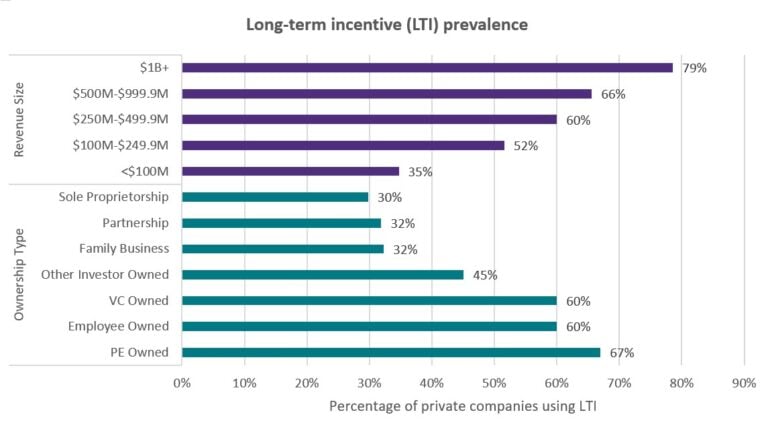
You’ve decided to model your digital transformation program on the technology-first, “break things and move fast” ethos of Silicon Valley. You and key members of your executive team have taken “Mecca tours” to Palo Alto, Menlo Park, Mountainview, and environs. You’ve seen the latest in digital capabilities and caught the enthusiasm and freewheeling spirit of the startup cultures you’ve visited.
It’s not a bad idea. But for chief executives of big companies a bright red word of caution is in order. Adopting Silicon Valley models will get you digital technologies, inspiration for a digital culture, and ideas for digital business models. But they won’t give you transformation—the ability to scale change throughout a large organization.
Big-company digital transformation requires two additional elements: the right volume of digital strategy initiatives and the right mix of digital investments managed as a portfolio across current operations, continuous improvement, and digital disruption. And because these elements involve the thorniest of issues—the allocation of major company resources—they must be driven from the top.
Importing the spirit of Silicon Valley can help launch digital transformation, providing a shock-and-awe case for change. But digital transformations, like an estimated 70% of all such complex transformations, often fall short of their goals because they lack the right mix of digital initiatives and a sufficient volume of ideas to explore. In many organizations, the mix of digital efforts—the proportions aimed at maintaining operations, securing continuous improvement, or achieving disruptive change—is skewed heavily toward operations and improvement, not disruption. As a result, disruptive digital innovation usually shows up in the form of limited emerging technology “tests”, such as small AI or blockchain pilots.
In 2015 Procter & Gamble’s Global Business Services (GBS) unit set out to digitally disrupt itself. The 5,000-strong GBS organization provided more than 160 business services including IT, finance, facilities, purchasing, employee services, and more. Despite GBS’s already best-in-class capabilities, we wanted to transform it into what we called Next Gen Services (NGS), capable of delivering long-term operational superiority.
At NGS, we focused on “10X” disruptive innovations, defined as a ten-fold improvement in cost, sales, or customer-satisfaction performance. Digital transformation devoted to operations and continuous improvement was left with the core organization. To quantifiably shift the mix toward disruptive transformation, we aimed to have it constitute about 10% of the total effort invested in operations while investing less than 1% of the total cost of GBS. Success would be measured against top-line and bottom-line improvements and the degree of the innovation in the user experience, as opposed to the results of pilot projects.
The right mix of efforts should also be accompanied by a sufficient volume of ideas to be tested. Relying on a handful of big ideas doesn’t make for a predictable portfolio of outcomes. If there’s an element to be borrowed from Silicon Valley here, it’s not from startups, but from the venture capital firms that back them. The venture capitalist maintains a large portfolio of potentially disruptive ideas (each embodied in a particular startup) and expects only a small percentage of them to pay off.
In NGS we set up a system designed to feed several hundred ideas into an ongoing portfolio of about ten projects at any time. For every ten projects that were proposed, we expected the NGS team to recommend killing at least five, usually within weeks. Of the remaining five, we calculated that four might turn out to be produce a two-fold change, but at least one would produce a ten-fold improvement in operating results. The minimum threshold of projected benefits for any project had to be in multiples of tens of millions of dollars. Thus, the size of the idea pipeline and the volume of disruptions assured us of a sufficiently large business benefit.
The right mix of investments and a large volume of ideas gave us the dual capabilities gave us the capabilities to transform at scale. Without those two elements digital transformation produces only incremental improvements and disruption remains an ever-receding prize.
Read more: Gigster CEO On Why Digital Transformation Requires A Startup Mentality



0

1:00 - 5:00 pm
Over 70% of Executives Surveyed Agree: Many Strategic Planning Efforts Lack Systematic Approach Tips for Enhancing Your Strategic Planning Process
Executives expressed frustration with their current strategic planning process. Issues include:
Steve Rutan and Denise Harrison have put together an afternoon workshop that will provide the tools you need to address these concerns. They have worked with hundreds of executives to develop a systematic approach that will enable your team to make better decisions during strategic planning. Steve and Denise will walk you through exercises for prioritizing your lists and steps that will reset and reinvigorate your process. This will be a hands-on workshop that will enable you to think about your business as you use the tools that are being presented. If you are ready for a Strategic Planning tune-up, select this workshop in your registration form. The additional fee of $695 will be added to your total.

2:00 - 5:00 pm
Female leaders face the same issues all leaders do, but they often face additional challenges too. In this peer session, we will facilitate a discussion of best practices and how to overcome common barriers to help women leaders be more effective within and outside their organizations.
Limited space available.

10:30 - 5:00 pm
General’s Retreat at Hermitage Golf Course
Sponsored by UBS
General’s Retreat, built in 1986 with architect Gary Roger Baird, has been voted the “Best Golf Course in Nashville” and is a “must play” when visiting the Nashville, Tennessee area. With the beautiful setting along the Cumberland River, golfers of all capabilities will thoroughly enjoy the golf, scenery and hospitality.
The golf outing fee includes transportation to and from the hotel, greens/cart fees, use of practice facilities, and boxed lunch. The bus will leave the hotel at 10:30 am for a noon shotgun start and return to the hotel after the cocktail reception following the completion of the round.